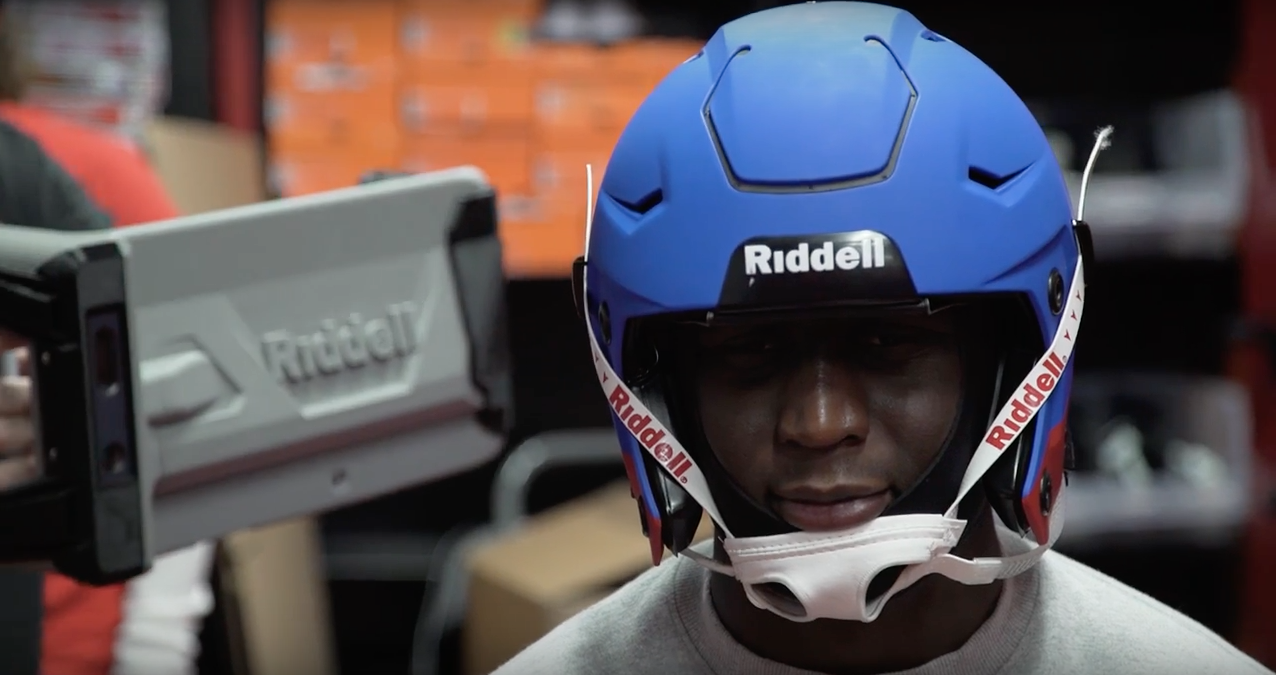Concussions and traumatic long-term brain injuries have been a serious concern in the football world for a few years now. Everyone seems to be looking for a fix to an issue that is rocking the football world.
One area that seems to be getting the most attention is the thing protecting the head — the helmet.
Football has come a long way from the days of the leather helmet with no facemask, and now popular helmet manufacturer, Riddell, is introducing 3D modeling technology into the mix. It’s all being done in an effort to deliver a more personalized protection pattern inside the helmet.
The new technology has a few college and NFL teams already on board, but the company hopes to increase the amount of teams heading in to 2018 according to the SportTechie report.
The Rosemont, Ill.-based company publicly debuted its new Precision-Fit protective helmet equipment this past weekend, a new technology that has already been leveraged by 40-plus college football teams and NFL organizations combined, including Rutgers, Michigan State and Florida in addition to the Buffalo Bills, Pittsburgh Steelers and Miami Dolphins. According to Riddell, a broader rollout is expected during the 2018 season.
What makes this new Precision-Fit helmet unique is that Riddell takes a full 3D scan of an individuals head. That scan is then sent to engineers who put that information to use to put a unique liner together for each and every player. It basically creates a one-of-a-kind helmet for each player in the hopes of best protecting the uniqueness of each person’s skull.
All of this is being done to help reduce the incidents of head injuries of course. Early returns seem promising, with plenty of colleges experimenting with the helmets. That includes Rutgers, who had their equipment manager interviewed about the process:
Hale, the Rutgers equipment manager interviewed, gives insight in to why this technology matters. He says the goal is to eliminate what they call “lag,” where the helmet takes a bit to catch up to the head movement of a player.
Ultimately, a more personalized helmet experience should allow the player to move quicker without the helmet having to catch up. That should reduced the chance of the helmet not protecting a player during a collision or impactful situation involving the head.
We obviously won’t know the real world impact of the helmet for some time, but it does appear that more and more teams are willing to try just about anything to reduce the incidents of concussions and severe head trauma in the game.







